Teymoor Saifollahi
Detection of extragalactic Ultra-Compact Dwarfs and Globular Clusters using Explainable AI techniques
Jan 07, 2022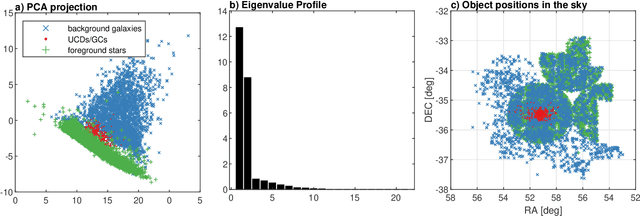
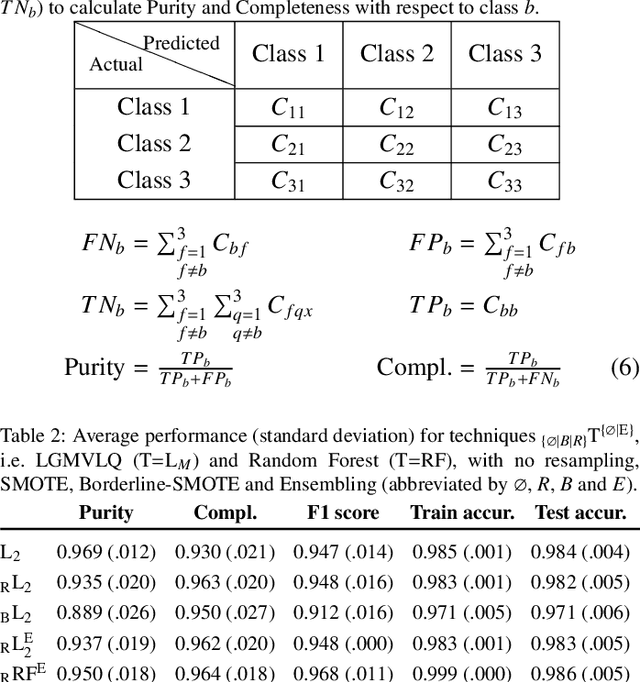
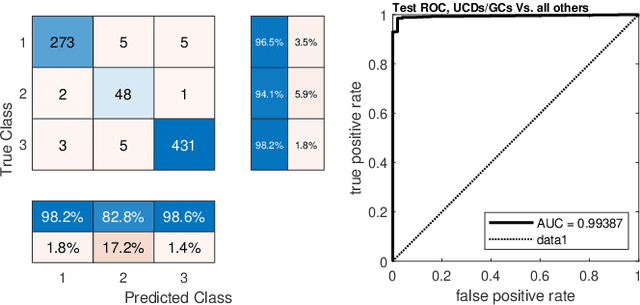
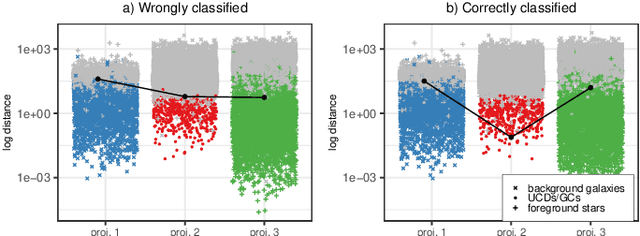
Abstract:Compact stellar systems such as Ultra-compact dwarfs (UCDs) and Globular Clusters (GCs) around galaxies are known to be the tracers of the merger events that have been forming these galaxies. Therefore, identifying such systems allows to study galaxies mass assembly, formation and evolution. However, in the lack of spectroscopic information detecting UCDs/GCs using imaging data is very uncertain. Here, we aim to train a machine learning model to separate these objects from the foreground stars and background galaxies using the multi-wavelength imaging data of the Fornax galaxy cluster in 6 filters, namely u, g, r, i, J and Ks. The classes of objects are highly imbalanced which is problematic for many automatic classification techniques. Hence, we employ Synthetic Minority Over-sampling to handle the imbalance of the training data. Then, we compare two classifiers, namely Localized Generalized Matrix Learning Vector Quantization (LGMLVQ) and Random Forest (RF). Both methods are able to identify UCDs/GCs with a precision and a recall of >93 percent and provide relevances that reflect the importance of each feature dimension %(colors and angular sizes) for the classification. Both methods detect angular sizes as important markers for this classification problem. While it is astronomical expectation that color indices of u-i and i-Ks are the most important colors, our analysis shows that colors such as g-r are more informative, potentially because of higher signal-to-noise ratio. Besides the excellent performance the LGMLVQ method allows further interpretability by providing the feature importance for each individual class, class-wise representative samples and the possibility for non-linear visualization of the data as demonstrated in this contribution. We conclude that employing machine learning techniques to identify UCDs/GCs can lead to promising results.
In search of the weirdest galaxies in the Universe
Jul 16, 2020


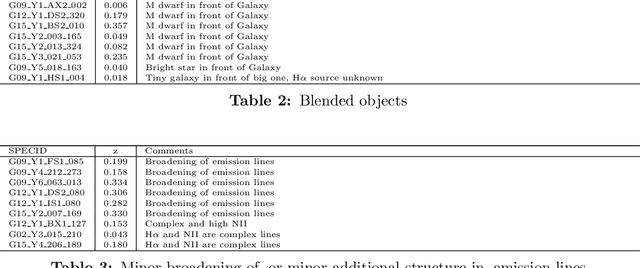
Abstract:Weird galaxies are outliers that have either unknown or very uncommon features making them different from the normal sample. These galaxies are very interesting as they may provide new insights into current theories, or can be used to form new theories about processes in the Universe. Interesting outliers are often found by accident, but this will become increasingly more difficult with future big surveys generating an enormous amount of data. This gives the need for machine learning detection techniques to find the interesting weird objects. In this work, we inspect the galaxy spectra of the third data release of the Galaxy And Mass Assembly survey and look for the weird outlying galaxies using two different outlier detection techniques. First, we apply distance-based Unsupervised Random Forest on the galaxy spectra using the flux values as input features. Spectra with a high outlier score are inspected and divided into different categories such as blends, quasi-stellar objects, and BPT outliers. We also experiment with a reconstruction-based outlier detection method using a variational autoencoder and compare the results of the two different methods. At last, we apply dimensionality reduction techniques on the output of the methods to inspect the clustering of similar spectra. We find that both unsupervised methods extract important features from the data and can be used to find many different types of outliers.
 Add to Chrome
Add to Chrome Add to Firefox
Add to Firefox Add to Edge
Add to Edge